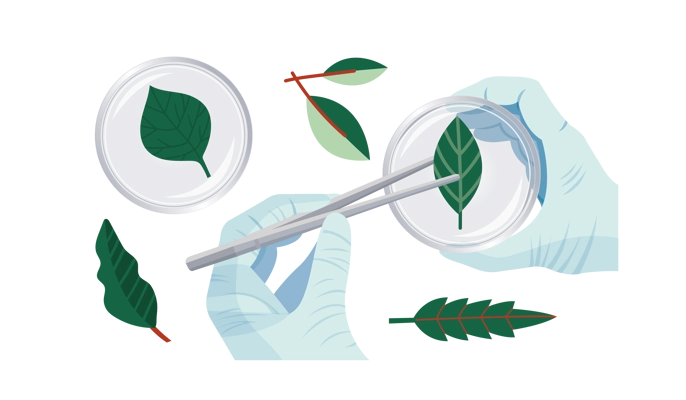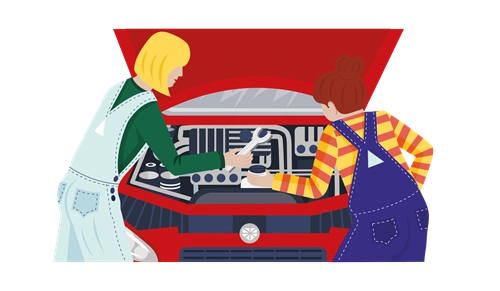Creativity in STEM Careers
Creativity is the secret to standing out in STEM.
What do you do when you’re faced with a problem? If you’re the type to squint your eyes, consider the problem from all angles, poke it a bit, then start fashioning a solution from whatever you have to hand… well, you’re primed to succeed in STEM. (Not to mention saving the world!)
Finding solutions to today’s challenges requires new ways of looking at the world, openness to taking risks, an ability to integrate different types of knowledge, and most importantly, empathy – being able to see a problem or situation through different peoples’ eyes.
Creativity is strongly associated with making and designing in the Arts, but Broekhoven et al’s 2020 study showed the same type of creativity is pivotal to investigating, problem-solving and engaging in design thinking – key approaches in STEM.
'Every single discipline in STEM has a creative element to it. Idea generation, knowledge exchange, growth mindsets and problem-solving, successful translation and innovation all require innovative thinking.'
Dr Marguerite Evans-Galea, co-founder and CEO of Women in STEMM, saying that creativity is relevant to every STEM career.
Creativity and problem-solving are likely to become increasingly valued in jobs of the future. A PricewaterhouseCoopers (PwC) 2018 report titled Workforce of the future: The competing forces shaping 2030 predicts that an increase in automation will make workers with ‘problem-solving, leadership, EQ (Emotional Intelligence), empathy and creativity skills’ more competitive. PwC also shows that this appears to be happening already. It reports that Chief executive officers (CEOs) are looking for ‘uniquely human’ skills in this age of automation, but 77% of them are finding it hard to find people with the creativity and innovation skills they need.
According to PwC:
77%
of CEOs in automation struggle to find the creativity and innovation skills they need.
Meet Dr Sue Keay: re-imagining the future
Dr Sue Keay, Research Director of Cyber Physical Systems at the CSIRO, has purely STEM qualifications – her degree and PhD were in geology before her career shifted to robotics. But, she says, creativity is ‘extremely important’ in her work designing robots.
‘We often look to the animal kingdom for inspiration for robots, looking at how animals run and jump to decide how to design their components. But in many cases we need to think beyond what we already know and that’s where creativity is important,’ she says.
‘When you merge creativity with a strong understanding of the physical world via science, technology, engineering and maths, then we can start to develop robots with capabilities never seen before.’

Kelvin O'Shea: creativity the common denominator
Kelvin O’Shea was always creatively inclined in secondary school, with a particular interest in film. When it came time to choose his degree, he combined fine arts with information technology (IT) – although he’d never written a line of code in his life.
‘I picked IT because I wanted something where I'd have practical and relevant skills. I saw tech was where the world was going, something that was in demand,’ he says.
Now, Kelvin works as a product designer for an in-browser video editing software company called Clipchamp, where he can apply both his STEM skills and creativity.
'I have an understanding of how things work from a technical perspective, and then my fine arts side allows me to build software that's also aesthetically pleasing and nice to use, too.’
Kelvin adds that developing creative skills is a good idea because they will be useful wherever your career leads. ‘Creativity is the common denominator, regardless of the role you go into these days,’ he says.
‘Hard skills might not always apply, but creative problem-solving will always be needed to come up with solutions.’
You, creativity, and the jobs of the future
To give your STEM career an added creativity boost, consider combining degrees like arts and science, or maths and design – and don’t feel like you have to stick to one area or the other in secondary school, because the jobs of the future won’t!
STEM career quiz
Use this tool to discover STEM careers based on activities you prefer. Find out about STEM careers and information that might help with subject selection. Try it now. You might be surprised by what careers await you.
FIND OUT MORE










